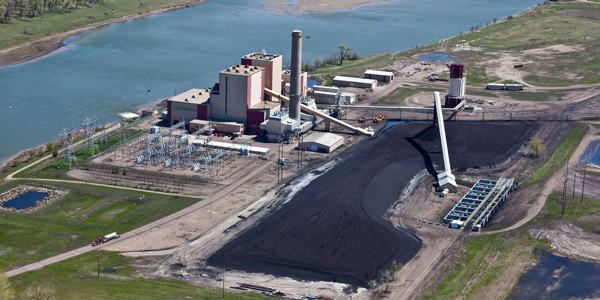FERC last week accepted Great River Energy’s slimmed-down annual revenue requirement for reactive supply and voltage control at eight of its generating stations.
The cooperative’s revenue requirement is reduced by a little more than $1 million per year with the June 21 order (EL18-45).
Great River settled for the lower amount after FERC opened an investigation in early January into whether the rates were just and reasonable. The company had originally proposed an approximately $5.2 million requirement for the eight plants but lowered it to $3.9 million after settlement proceedings. The individual requirements for the plants now range from $8,371 to $1.7 million per year, lowered from the original range of $24,908 to $2.3 million.
The co-op had claimed the $5.2 million figure was based on previous requirements accepted by FERC in 2010, with adjustments made to reflect the 2017 retirement of the 189-MW coal-fired Stanton Station in Stanton, N.D., and the addition of three generating facilities since 2010: the 170-MW natural gas-fired Cambridge Station and the 19-MW Maple Lake and 23-MW Rock Lake oil-burning stations, all in Minnesota.
But FERC questioned the figure, saying Great River did not adequately support its revised reactive power revenue requirements, including “development of multiple fixed charge rates, its accessory electrical equipment allocator and its generator/exciter investment portion of the turbogenerator.” The commission also said it did not provide complete information on the reactive service capability of its units, including MISO test reports.
— Amanda Durish Cook




